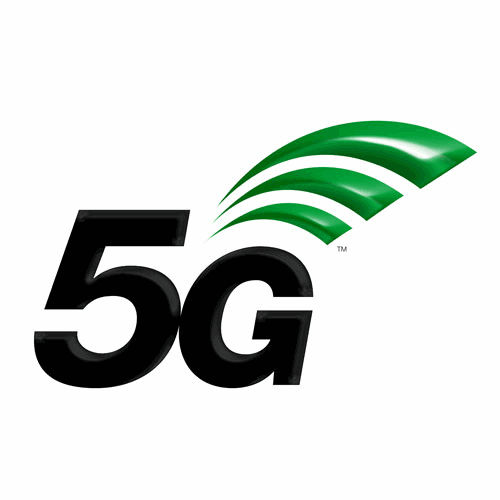When we describe mobile communication evolution, we are referring to the overall technology, frequency, speed, and system in a numeric generation – from 1G to 5G. Each of the generations has a unique and more advanced technology defines it.
In this article, we will explain the differences in the evolution of mobile technology and what to expect in the future.
1G
In the late ’70s, the world was introduced to the first generation of commercial cellular network, with fully implemented standards being established in the ’80s. Radio signals were analog, which means voice call is modulated to a high frequency and not encoded to a digital signal.
Analog signals losses quality over time and space, making voice data lack quality within a call. Unlike a digital signal which is a representation of analog stored as a signal. This means a large amount of data can be carried.
2G
This generation saw the introduction of the Global System for Mobile Communication (GSM) technology as a standard. To ensure improved security and privacy of telephone calls, 2G was designed to use Signaling, Data confidentiality, and Mobile Station Authentication. 2G introduced most of the mobile services that are still in use till this day, such as, conference call, internal roaming, SMS, and call hold, etc.
An upgrade of the 2G technology brought about packet network which provided high-speed data transfer. The upgraded standard included:
- EDGE (Enhanced Data rate in GSM)
- GPRS (General Packet Radio Service) which supports flexible data transmission rates and also provides a continuous connection with the network.
3G
It was introduced in 2001 with the aim of facilitating more great voice in mobile communication, improved data capacity, increase data transmission at a low cost, and to support a wide range of applications.
3G supported high-speed internet, wireless internet access, it also allowed video calls, video on demand services, email, mobile gaming, etc. High-security features were also introduced, including Domain security, Application security, and Network Access.
4G
It was launched in 2010 with an all IP based network system. It was designed to provide high speed and high capacity to users, while also improving privacy and security, and also reducing the cost of voice and data service.
The IP based network is of great benefit because it can effortlessly handover (for voice and data) to GSM, CDMA2000 technologies from a different generation’s infrastructure.
5G
This is the next generation of a commercial cellular network. It is set to increase internet speed significantly. But for now, not a great deal of information is known about the technology that’ll be used, and there aren’t any publicly agreed standard that has been set.

